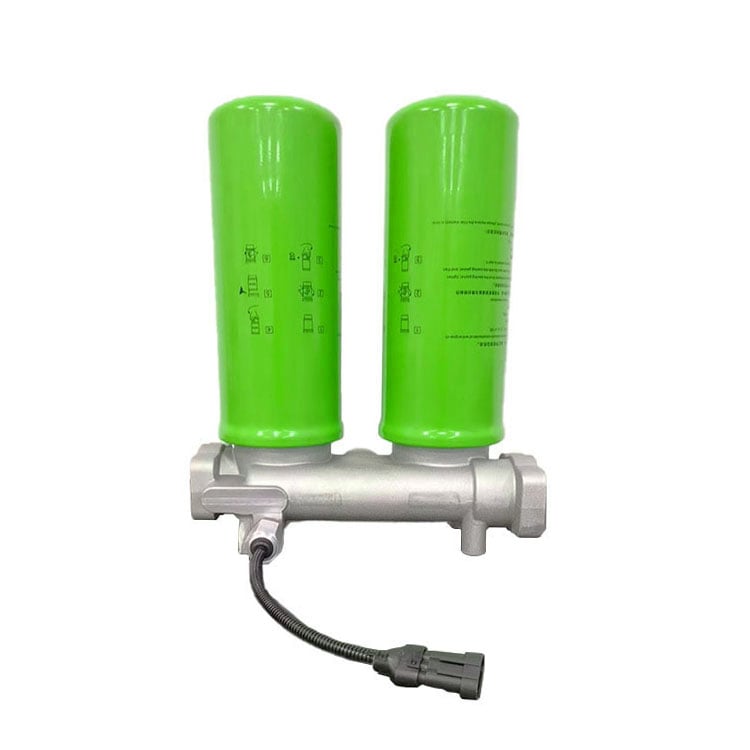Installing and using a dual filter can significantly enhance the performance of your HVAC system by providing better airflow management. Here's a step-by-step guide to help you through the process:
1. Understanding Dual Filters
A dual filter is essentially two filters in one unit, designed to provide more efficient filtration. They are often used in central air conditioning systems but can also be found in other HVAC applications like heating systems.
2. Choosing the Right Dual Filter
Select a dual filter that matches the size and type of your existing ductwork. Look for filters with high MERV ratings (which indicate better efficiency) and ensure they fit your system’s requirements.
3. Preparation
- Turn Off Power: Ensure the power to the HVAC system is turned off before starting any work.
- Disconnect Air Handler: Disconnect the air handler from the supply and return ducts.
- Remove Old Filter: Carefully remove the old filter from the air handler.
4. Installing the Dual Filter
- Position the Dual Filter: Place the dual filter over the air handler opening. Make sure it is centered and secure.
- Secure the Dual Filter: Use screws or clips to secure the dual filter in place. Ensure it is properly aligned with the ductwork.
- Connect Air Handler: Reconnect the air handler to the supply and return ducts.
5. Testing the System
- Turn On Power: Turn the power back on and allow the system to run for a few minutes to ensure everything is working correctly.
- Check for Leaks: Listen for any unusual noises or leaks. If you hear a hissing sound, it could indicate a leak, which should be addressed immediately.
6. Maintenance
- Regular Changes: Follow the manufacturer’s recommendations for changing filters. Typically, dual filters should be changed every 1-3 months depending on usage and conditions.
- Cleaning: Clean the filters as needed to maintain optimal performance. This can usually be done with a vacuum cleaner or by shaking them out.
7. Troubleshooting Common Issues
- Leaks: If you notice leaks, check for loose connections or damaged seals. Replace any parts that are worn out.
- Poor Airflow: If the airflow is not as expected, make sure the filters are clean and properly installed. Check for obstructions in the ductwork.
- Noise: Unusual noises could indicate a problem with the filter or the air handler itself. Consult a professional if necessary.
Tips for Optimal Performance
- Regular Maintenance: Regularly inspect and maintain your HVAC system to prevent issues before they become serious.
- Professional Installation: Consider hiring a professional for installation if you’re unsure about the process or if your system is complex.
By following these steps, you can effectively install and use a dual filter to improve the efficiency and performance of your HVAC system.
Quote Inquiry
Contact us!

